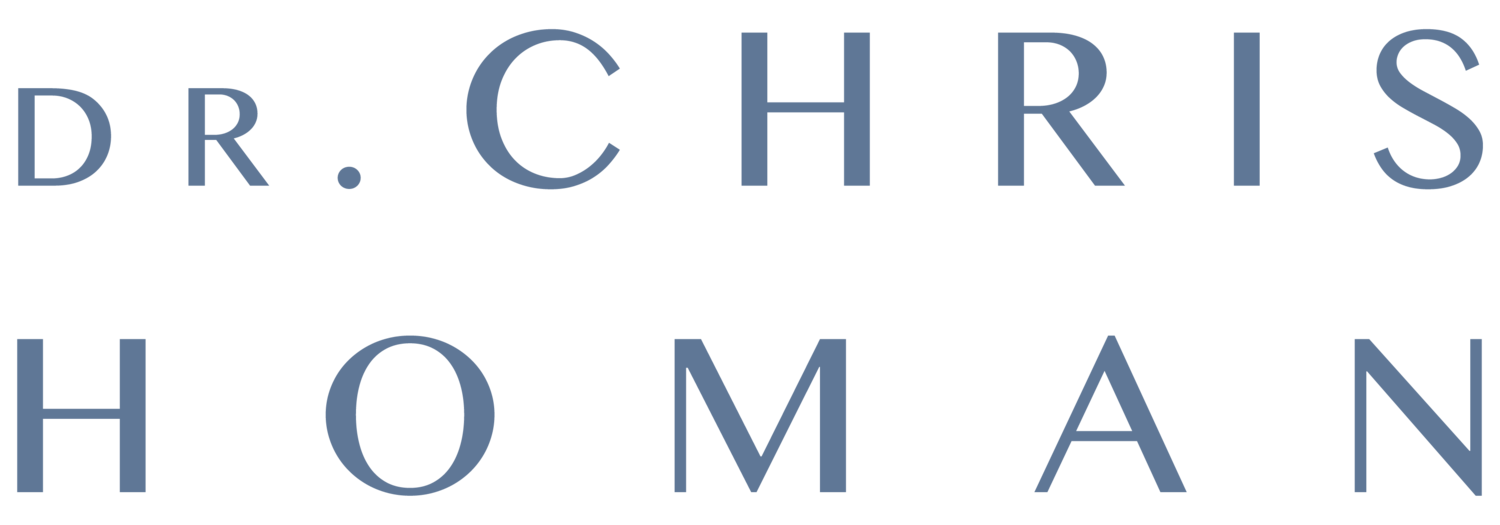The overall aim with posture is to maintain a position that is as neutral and efficient as possible, for as much of the time as possible. Efficient posture simply lessens the load on the tissues and reduces the likelihood of overload pain. Furthermore, good posture should assist activation of your deep stabilising (core) muscles and favour effective breathing with the diaphragm. The following are key aspects for developing good standing posture and are consistent with the long established traditions of yoga and the Alexander technique:
- Stand with half your weight on one foot and half on the other foot
Many people are in the habit of standing with most of their weight on one leg, with that hip pushed out to the side (e.g. holding a toddler on your hip). The body adapts to this posture, leaving the pelvis out of balance. This increases the risk for low back pain.
- Stand with half your weight on the front of your feet and half on the heels
The majority of people stand with most of their weight on their heels, which automatically turns the core muscles off.
- Break your knees slightly
Most people stand with their knees locked back – in “power-saving mode”. This tends to turn our core muscles off. Anyone who is formally trained for performance on their feet gets taught to break their knees, e.g. martial artists, boxers, singers, theatre performers. Breaking your knees slightly, (by only 1-2cm), allows the muscles around the pelvis to stay on and gives you a strong base to work from. Breaking your knees is particularly helpful when working over the kitchen bench or similar work surface. It also helps prevent “cocktail party back”, which forces you to sit down after 5 minutes of standing at an event. Bend your knees much more if you have to lift a heavy weight or work whilst leaning well forward.
- Lean into the wind (so that your trunk is erect)
Many people tend to stand with their trunk (shoulders to hips) tilting backwards. Their head is then required to project out in front as a sort of a counter weight. “Leaning into the wind” brings the pelvis back into line between the shoulders and heels.
- Roll your shoulders up and back
The shoulder girdle is prone to sliding off the top of the ribs, causing the shoulder yoke muscles to be overstretched and painful. To counter this, the shoulders should be gently lifted up, rolled back and placed down on the top of the rib cage. Just stretching your shoulders back like a soldier on parade is not enough. Tight pectoral muscles will often have to be gently stretched on a daily basis to allow the shoulders to sit back comfortably.
- Stand tall
Ancient yoga wisdom talks of the “sky hook” – where an imaginary hook pulls up at the back of the top of the head. This can be practiced by standing back up against a wall and running the back of your head as far up the wall as possible. The chin tends to move in and up (which is the opposite to being “snooty”).
Dr. Chris Homan
MBBS FRACGP FACRRM DRANZCOG PGDipMSM(Otago)
